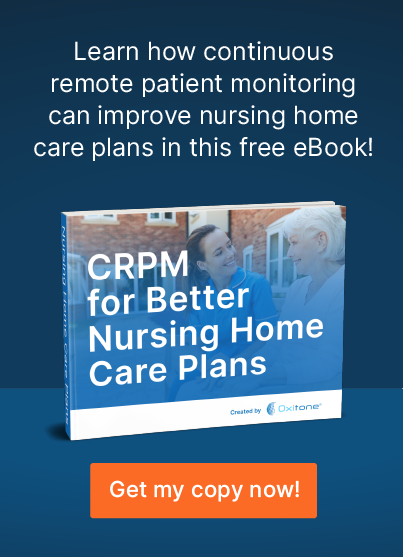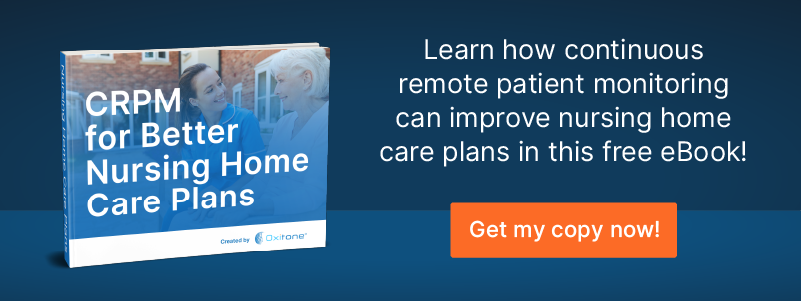A nursing home is a cornerstone of any healthcare system because of its role in providing quality healthcare services to those requiring help from trained medical personnel to live their everyday lives. While they are generally considered for the elderly, nursing homes also host numerous patients who deal with different kinds of chronic and acute conditions.
Today, nursing homes are judged based on the quality measures that they implement. The following text takes a look at effective ways to improve a nursing home’s services.
1. Educating and training the staff
No matter how much tech you integrate into a nursing home, people are still the main point of contact with the patients. They determine the overall quality of patient care through compassionately dealing with them and encouraging them to connect with others.
Nursing homes are responsible for maintaining the education levels of their employees and continually reinforcing the ideals of civic responsibility and empathy for patients. Some patients, especially the elderly, often become irritable and non-compliant over time. Your workers should know how to precisely deal with such cases and ensure better life quality for them.
2. Having transparency
Nursing homes work within a complex and complicated system with numerous blind spots. When they focus on creating a transparent environment, their weaknesses can be exposed. It’s only through transparency that nursing homes can take a targeted approach and decisions to resolve these issues.
Several mechanisms, such as reviews, surveys, and granting access to the patient’s loved ones, can enable nursing homes to benefit from unbiased and objective opinions. By implementing a more comprehensive review process and easing avenues for customer feedback, you can help deliver meaningful insights in a shorter time-frame.
3. Involving patients in their healthcare decisions
When it comes to their healthcare, patients and their loved ones need to be aware of all relevant information. Creating an environment where patients are informed and educated about their diseases and treatment methods increases their level of trust in you and the nursing home as a whole.
This approach directly correlates with their compliance levels and gives them a much-needed semblance of control. These steps overall can drastically increase patient satisfaction with the provided healthcare.
4. Enhancing patient supervision with CRPM
Effective healthcare requires timely intervention in the case of a serious condition and excessive care for the patient’s quality of life.
The entire medical community agrees that a patient’s mental state has a huge impact on their overall health. Patients strapped to elaborate machines or ones required to check essential parameters several times a day can feel restricted and confined. This can result in further health deterioration and complicate the existing issue.
On the other hand, patients who live their lives as close to normal as possible respond better to treatment and remain in an overall better mental state. Modern continuous remote patient monitoring (CRPM) devices can make it happen by keeping an eye on all essential patient parameters without restricting their movements.
For instance, consider the Oxitone 1000M. The multivariable device has the enhanced capabilities to keep an eye on everything that you need to know about the patient. The CRPM device also complements AI systems through several integration features that enable immediate intervention, access to historical patterns, and a non-stop connection with the primary healthcare provider.
For a nursing home looking to enhance its level of service quality, these features are of primary importance.
5. Collaborating with hospitals and other care providers
As the world shifts toward a value-based healthcare system, it’s imperative to include all stakeholders in the decision-making process and streamline the process for the patient. At the end of the day, the healthcare provider, the insurance partner, and all supplementary services exist to facilitate patients. Connecting all parties can lead to a more effective process at a more reasonable cost.
How Oxitone can help nursing homes improve their quality of care
Oxitone is an all-in-one healthcare facilitation system that aims to provide excellent medical services at a fraction of the cost. Its integrated solution uses a combination of CRPM hardware and AI-based software to create an environment where it gets easier for all parties to be on the same page.
This all-hands-on-deck approach benefits the patient by enhancing the level of medical care and facilitates the primary and tertiary healthcare providers in deciding the most optimized approach. For nursing homes with limited staff and an increased inflow of patients, especially in the post-pandemic world, the services provided by Oxitone are very much welcome.
Here at Oxitone, we boost value-based healthcare by delivering extraordinary patient, clinical, and economical outcomes at reduced medical utilization and cost. Patients need a prompt response to emergencies. Physicians need an easy and timely follow-up with patients. Our mission is to transform chronic disease management and help save lives worldwide.
Let’s save lives together! To see how we help remote patient monitoring companies and physicians improve the management and care of high-risk patients, contact us today!


